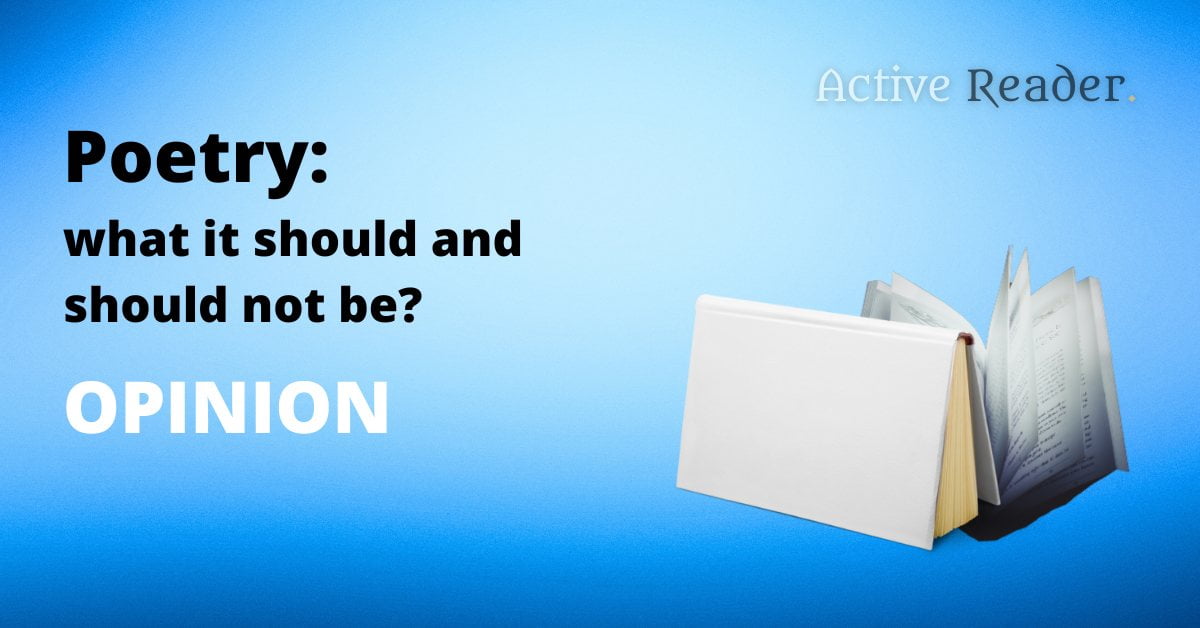of course i am emotional”
can i be an exhibit”
but you had your eyes shut”
Hold on! There’s something more you must see. On the promise of not being exposed, someone sent this nicely written one-paragraph roast to be included in this article:
Oh, dear Rupi Kaur, the queen of Insta-poetry, with a crown made of clichés and a throne of banality. Your poems are like a broken record, repeating the same old lines that even a toddler could write. You’re the embodiment of “simplicity” taken to the extreme, making readers wonder if you’ve ever experienced an emotion that wasn’t borrowed from a self-help book. Your work is a testament to the fact that you can’t judge a poet by their Instagram followers. With lines like “i am water / of course i am emotional,” you’ve single-handedly made a mockery of the entire poetic tradition. But hey, at least you’ve got a knack for arranging words in short, easy-to-digest fragments, right? Rupi, you’re the poetic equivalent of a participation trophy – just showing up and being “deep” is enough for some people. But don’t worry, we’ll keep scrolling past your “profound” musings, searching for a poet who can actually make us feel something other than secondhand embarrassment.
What Poetry Should Be:
- Authentic and original: A good poem should be an honest expression of the poet’s thoughts, feelings, and experiences. It should be original, with a unique voice that sets it apart from others. For example, in “Savitri,” Sri Aurobindo adds more depth, layers and shine to the already existing grandeur of Savitri, the divine manifestation of Shakti! This is what great poets have been doing for centuries…
- Thought-provoking: Poetry should make readers think, feel, and reflect on the subject matter. It should challenge conventional thinking and offer new perspectives. Consider the poem “Footfalls echo in the memory” by T.S. Eliot, which explores the theme of regret and missed opportunities.
- Evocative and imaginative: A good poem should create vivid images in the reader’s mind, using sensory language and figurative language, such as metaphors and similes. For instance, in the poem “Rainbow,” William Wordsworth uses the rainbow as a metaphor for permanence and weaves his thoughts around it.
- Rhythmic and musical: Poetry often has a rhythmic quality, with patterns of stressed and unstressed syllables that create a musical effect. This can be seen in the works of poets like William Shakespeare, who used iambic pentameter to great effect in his sonnets.
What Poetry Should Not Be:
- Clichéd and predictable: A good poem should avoid overused phrases and predictable patterns. It should offer something fresh and surprising to the reader. Unfortunately, some of Rupi Kaur’s poetry has been criticised for being clichéd and lacking originality.
- Superficial and shallow: Poetry should delve deep into the human experience, exploring complex emotions and themes. It should avoid being overly simplistic or sentimental. In some instances, critics have pointed out that Rupi Kaur’s poetry lacks depth and relies too heavily on simple language and easy-to-digest concepts.
- Overly abstract and obscure: While poetry can be thought-provoking and imaginative, it should not be so abstract or obscure that it becomes difficult for readers to understand. A good poem should strike a balance between being accessible and thought-provoking.
- Lacking in structure and form: Although contemporary poetry often breaks traditional rules of form and structure, a good poem should still have a sense of coherence and organisation. It should use elements like line breaks, stanzas, and punctuation to create meaning and enhance the reading experience.
Read more:
Conclusion:
The art of poetry is a delicate balance between form and content, originality and accessibility. While there is no definitive answer to what makes a poem great, the examples and guidelines provided in this article can serve as a starting point for understanding and appreciating the art of poetry.
Hope you liked the new feature on Active Reader – roasting an artist of words. All the best!
By Ashish for Active Reader



Now this one is innovative for sure… keep doing like this more often. Readers do want to read about both sides.